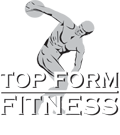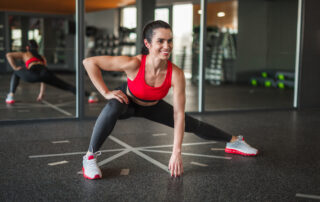How to Warm Up Properly to Improve Performance & Avoid Injury
An effective warm up can improve your performance in your workout or sporting activity as well as prevent injuries. However, some common methods of warming up may actually increase risk of injury and reduce your strength and performance. For example, many people still perform passive stretches before working out, which can temporarily dampen the nervous system activation of the muscles you stretch and leave them weaker for a couple of hours. This not only reduces performance in your training session but can also lead to joint instability which increases risk of injury. Another popular way to warm up is to run on the treadmill or hop on the bike for a long, slow, low intensity cardio session before hitting the weights. While there may be some benefits to a brief cardiovascular warm up, there is no need to expend a significant amount of energy doing cardio before training. There are [...]


